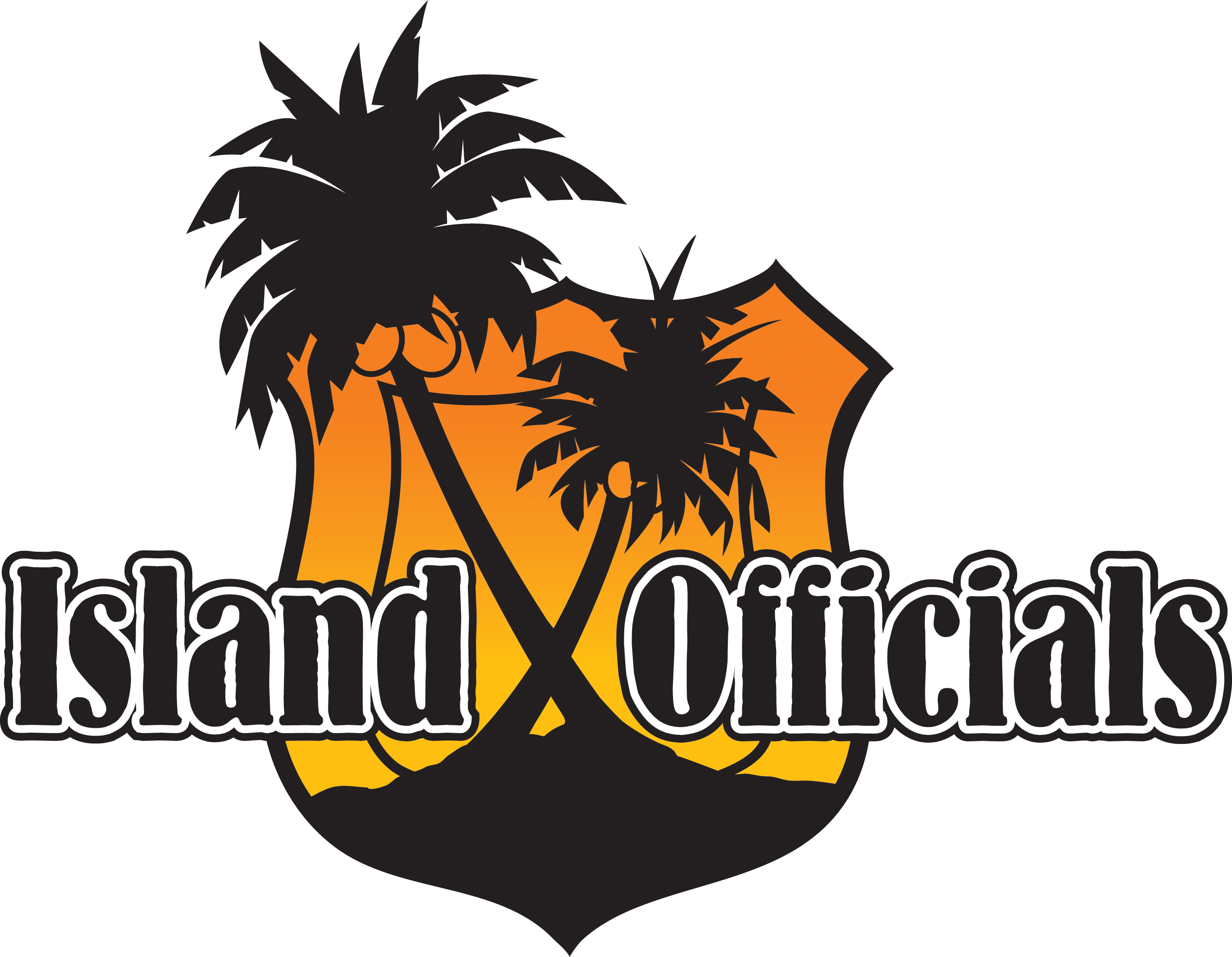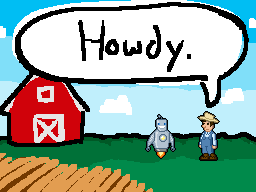Hi! I’m Adrian Sandoval. I’m the lead designer for Hands On! Pattern Blocks. My duties
included conceptualizing the core game mechanics, designing some of the puzzles and writing the
game’s script, and along with Creative Producer Ryan Harbinson, I also help oversee the production of the
game by working with the technical and art leads to ensure the game stays true to the original vision.
We’re busy toiling to get the game to gold status by the end of summer, and during that time I’d like to
use this space to share some of the team’s experience with the development process, as well as
introduce you to the game, its universe and the various other aspects that make up Hands On! Pattern
Blocks.
The original Hands On! title, Tangrams, is a great puzzle game in its own right, but we wanted
Pattern Blocks to be something more. We wanted the game to feel more like an adventure, so we added
a storyline in order to help engage players. Not that we didn’t want to do this with Tangrams; many of
the early concepts of that game featured the idea of completing puzzles around a story as well. Since
that was our first game working with the DS hardware, however, we felt it’d be a good idea to polish
our gameplay first and hold on to our ambition for a future project. In a way, Tangrams is like our
prototype for Pattern Blocks!

With that being the case, the two games play in a similar way. We were very proud of how tight
the mechanics were in Tangrams, so we kept the user interface and play controls largely the same.
Since we’re working with a different type of puzzle, however, we had to make some changes, the
biggest being the pieces themselves. Pattern blocks only have a total of six pieces, as opposed to
tangrams’ seven. However, you can use as many of any piece as you want to make a shape (for
technical reasons, in the game we had to limit the total number to thirty), which gives us as designers
the ability to create a wider range of puzzles, and gives players more options when solving them. To
accommodate this change (and for story reasons we’ll reveal in this blog at a later date!), the sidebar
now has a more futuristic feel, with on-screen buttons that players can touch with the stylus to generate
a new piece.
Providing more variety in the gameplay and participating in an adventure were our two core
tenants when we originally envisioned Pattern Blocks, and I’m really happy I was able to share the
team’s vision with you. In the future, we’ll explore this content more in depth as I slowly introduce the
finer details of Pattern Blocks, including the world and its inhabitants, design, art and all the other great
elements that make up the game. Thanks for reading!


